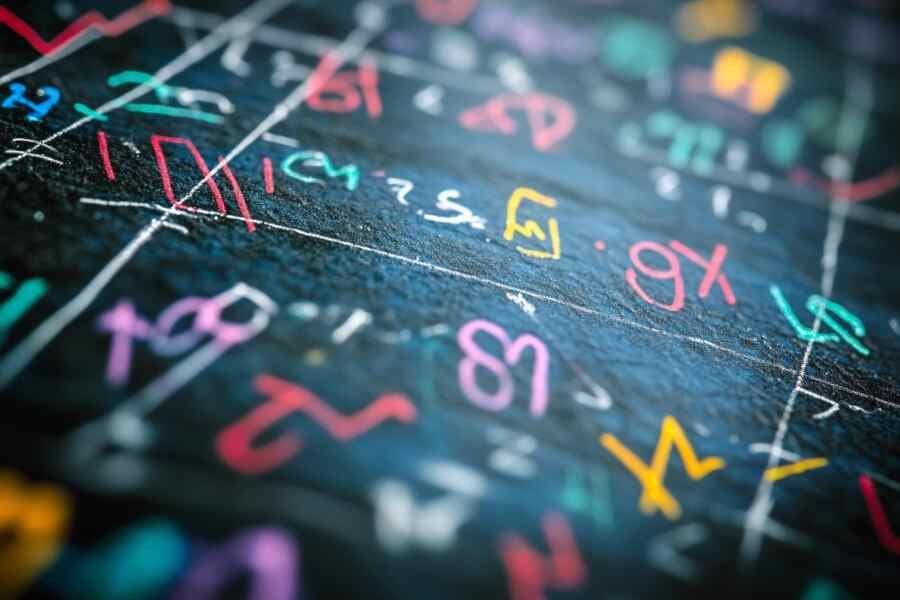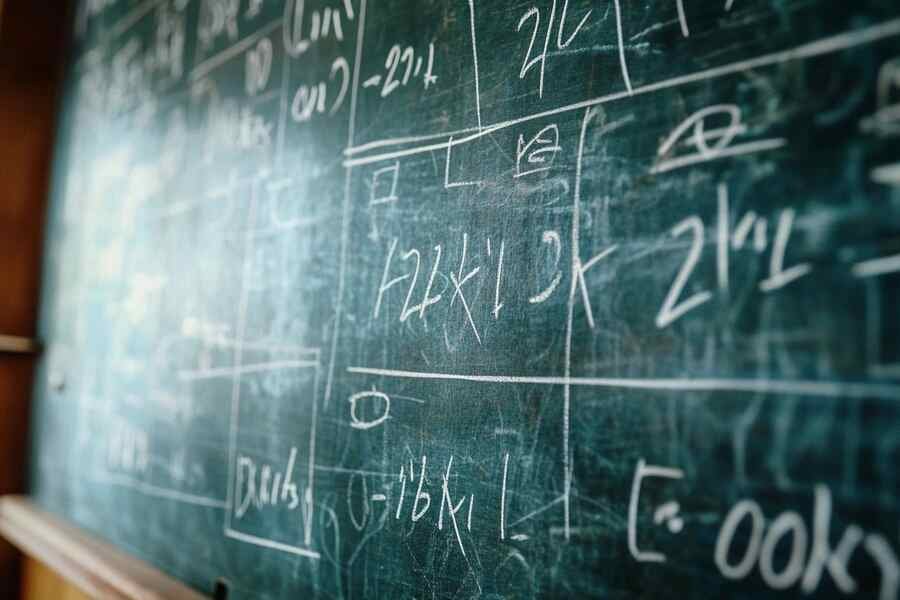Category Theory
Category theory is closely related to algebraic topology. Topology is the branch of mathematics that studies the properties of geometric bodies that are preserved by continuous deformation without tearing or sticking, such as rubber bands that can be stretched without breaking.
Categorical theory can be understood as a general theory of mathematical structures (classical structures such as groups, rings, modules, and topological spaces). The properties of mathematical structures, however, are not defined through the relationships between the elements of the carrier set(s), but rather use morphisms and functions, as it were, through comparisons both within and between categories.
Basic elements
The study of categories, very abstract, was motivated by the abundance of characteristics common to various classes linked to mathematical structures.
Here is an example. The Grp class of groups includes all objects with a “group structure”. More precisely, Grp includes all the sets G endowed with a binary relation which satisfies a certain set of axioms. Theorems can thus be proved by making logical deductions from this set of axioms. For example, they provide direct evidence that the identity element of a group is unique.
Instead of simply studying the single object (groups) that has a given structure, as mathematical theories have always done, category theory emphasizes the morphisms and processes that preserve the structure between two objects. It appears that by studying these morphisms one is able to learn more about the structure of objects.
In our example, the morphisms studied are the homomorphisms of groups. A group homomorphism between two groups preserves the group structure in a very precise way; it is a process which associates with one group another, while preserving all the information on the structure of the first group within the second group. The study of group homomorphisms then provides a tool for studying the general properties of groups and the consequences of axioms relating to groups.
It is the same in many mathematical theories. A category is an axiomatic formulation that links mathematical structures to the functions that preserve them. A systematic study of categories makes it possible to prove general results from the axioms of a category.
A category is itself a type of mathematical structure, for which there are processes that preserve its structure. Such processes are called functors.
Examples of Category Theory
There are many examples for the category theory:
- The (Ens) category, whose objects are the sets, and the arrows are the mappings, with the usual composition of the mappings. In particular, we see that the objects of a category do not necessarily form a set!
- The category (Top), whose objects are topological spaces, and the arrows are continuous mappings, with the usual composition.
- The (Met), whose objects are metric spaces, and arrows are uniformly continuous mappings, with the usual composition.
- The (Mon), whose objects are monoids and arrows are morphisms, with the usual composition.
- The category (Grp), whose objects are groups and arrows are morphisms, with the usual composition.
- The category (Ab), whose objects are abelian groups and arrows are morphisms, with the usual composition.
- The (ACU), whose objects are unitary commutative rings and arrows are morphisms, with the usual composition.
- The (Ord), whose objects are ordered sets and arrows are increasing maps.
The previous examples have one property in common: objects are sets with additional structure, and arrows are always mappings between underlying sets. They are concrete categories, that is to say categories provided with a functor faithful to the category of sets (in the present cases, it is a forgotten functor). This property is very special. Here are examples of categories without this property:
- A monoid (M, *, e) and we define the category M:
- objects: only one
- arrows: the elements of the monoid, they all start from the single object to return to it;
composition: given by the law of the monoid (the identity is therefore the arrow associated with e).
- A set E, endowed with a reflexive and transitive relation R, and we define the associated category as follows:
- objects: the elements of the whole;
- arrows: for all objects e, and f, there exists an arrow from e, to f, if and only if eRf, (and no arrow otherwise);
- composition: the compound of two arrows is the only arrow which unites the two ends (the relation is transitive); identity is the only arrow that connects an object to itself (the relation is reflexive).
This example is particularly interesting in the following case: the set is the set of openings of a topological space, and the relation is the inclusion; this makes it possible to define the notions of preflight and sheaf, via functors.
Sources: PinterPandai, math3ma, Stanford University, Joyal’s CatLab, Cole / Medium
Photo credit: Wikimedia Commons (Public Domain)
Photo explanation: schematic representation of a category with objects X, Y, Z and morphisms f, g, g ∘ f. (The category’s three identity morphisms 1X, 1Y and 1Z, if explicitly represented, would appear as three arrows, from the letters X, Y, and Z to themselves, respectively).



